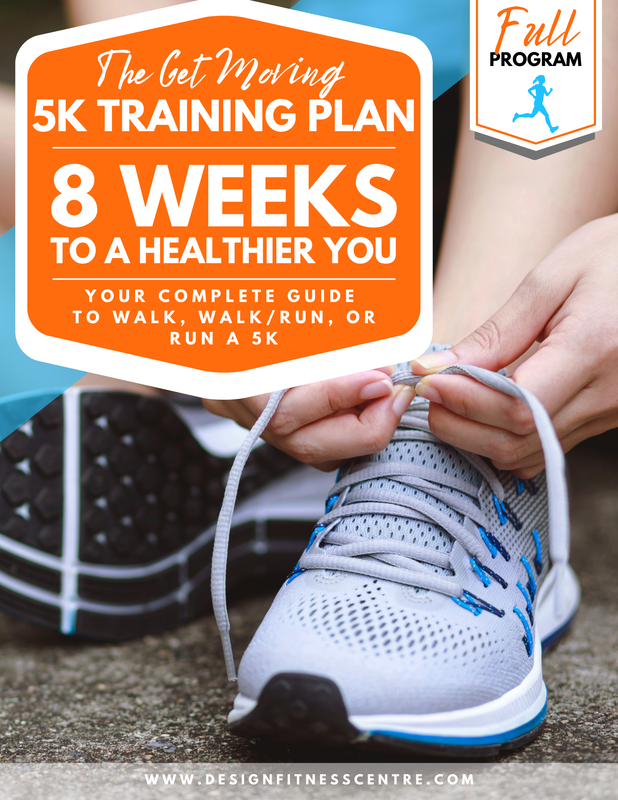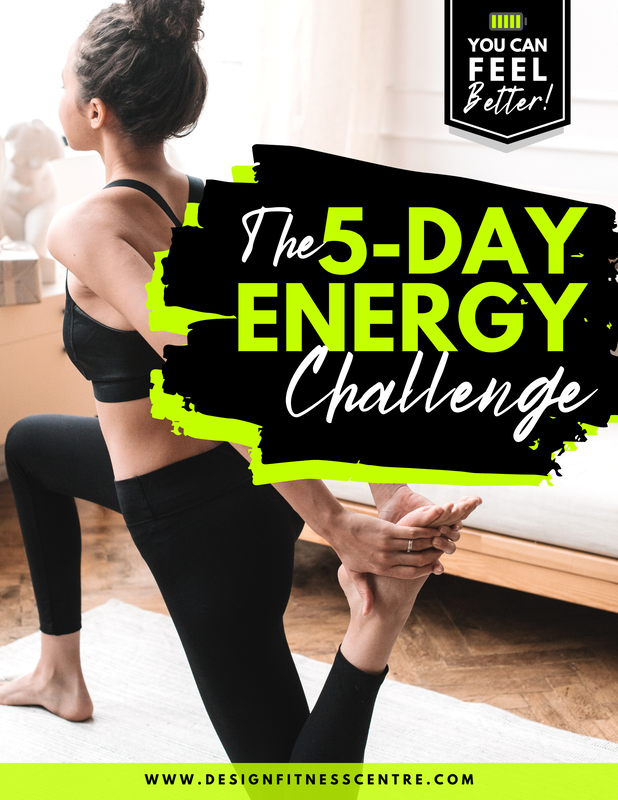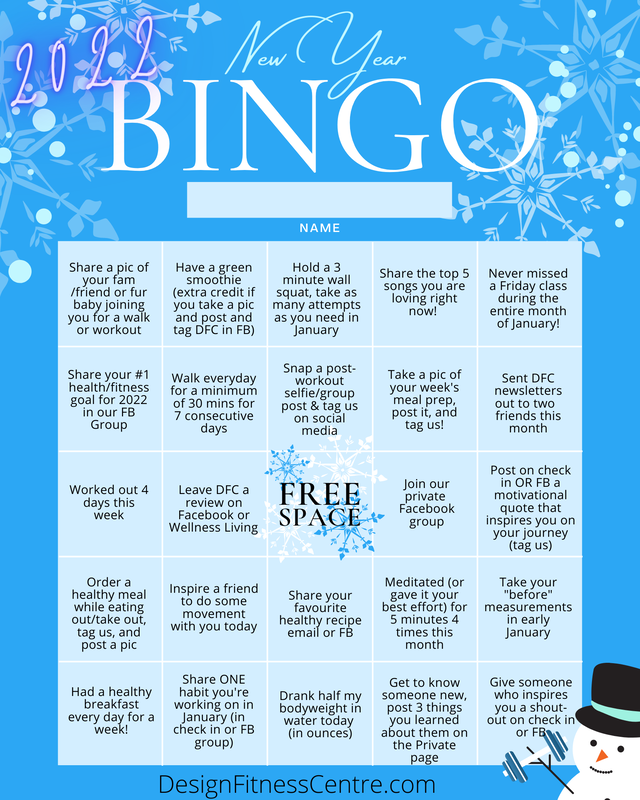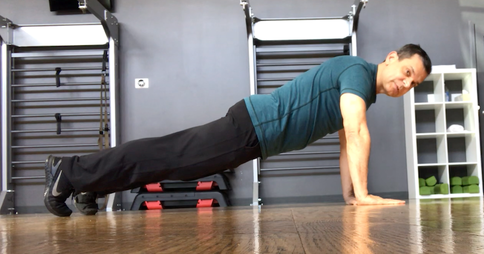Happy New Year! Below you will find the link to your ebook Action Plan for 2022
Print or write out your scorecard .... take a picture at the end of January to qualify for prize draw! Direct any questions and your final submission to Terry [email protected]
I have a semi-serious question for you. You know the old riddle, “Which came first, the chicken or the egg?”
That’s not my question, but it’s similar. Here it is: Do you slouch because you’re stressed … or are you stressed because you’re slouching? Scientists are uncovering links between your mood and your posture, and it turns out the two are tied together in powerful ways. For most of us, that stress-posture question probably works in both directions. But there’s a surprising amount of research that shows that how you stand or sit has a pretty big impact on your stress level, self-confidence, and your mood! Not only does your posture impact how others see you (happy and confident vs. depressed and guarded), it can play a role in how YOU see the world! For example, a study published in the journal Health Psychology found that sitting upright (vs. slumped) might help you build resilience to stress – i.e., stress is more apt to roll off you than get into your head. Researchers also found that sitting tall can reduce feeling self-conscious, shore up your self-esteem, and improve your mood. What if you already are feeling a little down in the dumps? No one is suggesting that improving your posture will cure clinical depression, but for people with symptoms of mild to moderate depression, researchers say study participants who sat up straight felt less anxiety and their mood improved. Another chicken-egg question: do weak core muscles cause bad posture, or does bad posture cause weak core muscles? The two go hand-in-hand! One major way to help improve your posture is to strengthen your muscles so standing/sitting tall becomes second nature. This can mean stretching your chest/shoulder/hip muscles, strengthening your back, and working your core muscles from the inside out. I’ve outlined a complete program in my FREE Restore Your Core guide If you haven’t gotten it yet, you can download it HERE. Next time you’re in a stressful situation, try “faking it” by sitting or standing tall, with your shoulders back and chest open. It certainly can’t hurt, and you might find yourself in a better mood and even feel less self-conscious! Plus, your self-confidence will go up, which can help you battle that stress like a champ! Obviously, if you’re feeling long-standing symptoms of depression, stress, or anxiety you should talk to your doctor about it. But if you’re battling everyday stress, it can help to stand up tall and slay it! Make it an amazing day, If you want to find your best posture for your mood, for bone building and regenerating benefits and at the same time add some core strength this summer, now is the time to get signed up for Summer classes. Class Passes do not expire - and you pick what works for your schedule. Come TRY a Class for FREE! Contact Terry at [email protected] Don't forget to download your Restore Your Core Guide HERE. REFERENCE: www.sciencedirect.com/science/article/pii/S0005791616301719 https://psycnet.apa.org/record/2014-37739-001  Being obese means having a bigger body, of course. But research indicates it also means having a smaller brain. “An obese person’s brain is 8 percent smaller than a lean person’s brain,” Martin Pazzani says. Martin is the founder of a startup tech company that studies brain-body fitness and promotes exercise among mature adults. Several studies in recent years have addressed the link between obesity and brain health. “Obesity may also affect cognitive function” including a higher risk of developing dementia, the National Institute of Health reports. “The more we understand about (body fat), the clearer it becomes that belly fat is its own disease-generating organism,” said Dr. Lenore Launer. Time magazine shared another study that suggests eliminating excess fat can improve brain function -- and that exercise can reverse brain damage that was possibly caused by fat. Obese adults are 35 percent more likely to develop Alzheimer’s. Eating right and staying at a healthy weight are good for brain health. And, as Martin points out, exercise increases blood flow and oxygen to the brain. Count this as one more reason to take better care of yourself through a healthy lifestyle that includes regular exercise. Your body and your brain are depending on it. 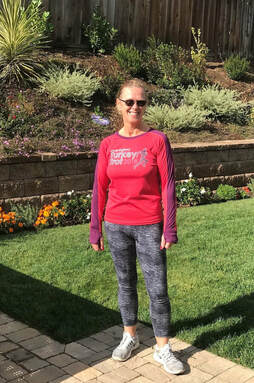 Amanda loves gardening in her backyard. “I find it meditative, and I can leave all my worries behind me,” says Amanda, 59, an administrator in a law firm. But a couple of years ago, painful arthritis began getting in the way of her favourite hobby – which requires stamina, flexibility and strength. Since exercise can relieve arthritis pain, Amanda joined a fitness studio for small group training sessions a year ago. Now, not only is she strong and ready for gardening’s rigors, but she also enjoys nightly walks and occasional runs – and has dropped 70 pounds, a third of her weight. Amanda learned what health professionals and countless gardeners have known for decades: Gardening is a good workout that also helps maintain joint function, relieve stiffness, and improve balance and endurance. It also fights depression, provides vitamin D, and provides an outlet that can be social and creative. If you think gardening doesn’t qualify as exercise, think again. An hour can burn up to 300 calories. And it’s a full-body workout -- bending over to pick up pots, squatting to pull up weeds, pushing wheelbarrows, raking, and carrying items, some of them heavy. Pursuing “functional fitness” is a great strategy for many, mimicking the same movements performed in real-life activities, like gardening. Here are some common exercises that gardeners should be proficient in:
Experts urge the importance of stretching, deep breathing, taking frequent breaks and remembering to drink plenty of water. If you’re still not convinced that gardening is exercise, here is the word from the National Institute of Health. Gardening for 30 to 45 minutes gives the same moderate-intensity benefits as playing volleyball for 45 to 60 minutes, walking 1.75 miles in 35 minutes, and shooting baskets for half an hour. You wouldn't tackle those activities without training for them. Our friend James learned that the hard way last summer when he visited his mother. He’s no gardener, and when he saw that tall weeds had overtaken his mom’s flowerbed, he decided to take care of it for her. “I thought it would be a quick, easy job,” he recalls with a laugh. “But I found out otherwise. My back was sore, my arms were sore, I was sweating like I was on the treadmill – and I had barely made a dent in the flowerbed!” James organized a three-man crew to finish the job. Come talk to us about getting your strength, endurance and agility ready for gardening before the season begins. You don’t want to injure yourself in the yard; lower back and knees are the most common sore spots. Sources: National Institute of Health, WebMD, P. Allen Smith Garden Home How many push-ups can you do?
The question makes some people uncomfortable, bringing up memories of awkward PE classes back in school. But the answer could be helpful in getting or keeping you on track for a better future. Fitness pros have been discussing a new study that suggests push-ups can predict heart health. If you cannot do more than 10, you might need to make some changes. It was conducted by Harvard and other institutions, and then published by the American Medical Association, so it is legitimate. But it raised some questions, too, since it was conducted only on men. And no result of one simple assessment gives anyone a “free pass” to give up healthy habits. Still, this is a helpful way to get us thinking and talking about cardiovascular disease, which remains the No. 1 killer worldwide. Contributing factors include diet, smoking, alcohol – and a lack of exercise. But predicting an individual’s likelihood to develop heart disease has been problematic. This research seems to say that a simple test can act as a no-cost and generally effective crystal ball. Scientists studied the health of hundreds of men over several years. They didn't set out to examine push-ups. But the data revealed that men who could complete 11 or more went on to have lower risk of heart attack and other cardiovascular problems later in life. Men who could do 40 push-ups were 96 percent less likely to develop problems than those who could not manage more than 10. What some Fitness Friends had to say ... about their thoughts and asked how many push-ups they can do at once. “I don’t normally do push-ups as part of my workout routine,” Mitch said. “But at age 65 and dealing with a left elbow issue, I was still able to hit over 40 push-ups with no problem.” Larry: “I just turned 61 yesterday and I banged out 61. I practice everyday. Now, I don’t expect to be able to keep that up forever, but it’s pretty cool at this point in time.” Rick: “The more push-ups – or any exercise, for that matter – you can do, the better shape you’re in. So, you’d be more likely to have a better cardiovascular system. If you’re sedentary, you have weaker muscles.” Martin: “I don’t like push-ups as a measure of fitness. It’s too one-dimensional. I know a lot of super cardio-fit people who can’t do them.” A Reminder of What’s Important So, what about you? Do you know how many push-ups you can do? If you’re concerned, ask your doctor about how exercise and diet can lower your risk. We can get you started in the right direction, or help keep you going if you’ve already begun your fitness journey. It’s important to resist drawing universal conclusions from one study. But it’s also undeniable that healthier living leads to longer and better living. If this study gets one person to put down the junk food, get off the couch, and start taking better care of herself, then it’s done a great service. |
|
||||||||||||
Contact TERRY |
SubscribeJoin our mailing list today!
|
